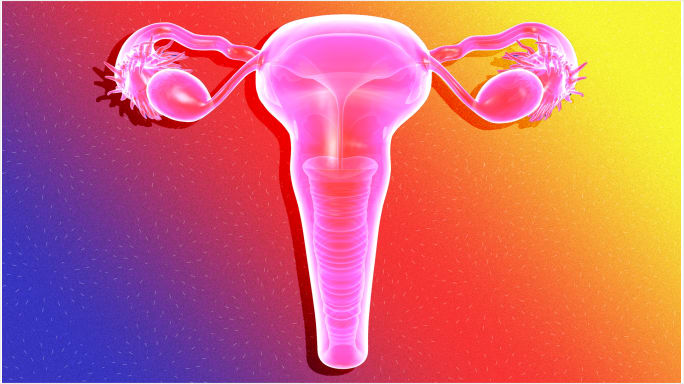How to tell if you’re going into labor or if it’s Braxton Hicks
As your body enters the final stages of pregnancy, there may be times when you wonder, “Is this it? Am I in labor?” This moment of excitement — or sheer panic for some moms-to-be — is usually triggered by two different types of contractions: Braxton Hicks contractions or true labor contractions. While both have the power to stop you in your tracks, one type of contraction is definitely more worrisome than the other.
What are Braxton Hicks contractions?
If you experience tightening of the uterus weeks before your due date, don’t panic, you may not be having actual labor contractions. “Braxton Hicks contractions are false contractions, meaning they do not cause any changes to the cervix,” says Dr. Patrice Harold, director of minimally invasive gynecology at Detroit Medical Center’s Hutzel Women’s Hospital.
The American College of Obstetricians and Gynecologists guidelines say that many women experience Braxton Hicks contractions as early as the second trimester, but they tend to be more common in the third trimester.
Braxton Hicks contractions are typically irregular and painless, and they generally do not cause any cervical changes. Some women say they can barely feel them, while others describe the contraction as a slight tightness in the abdomen. But when they do cause pain or discomfort, many women begin to wonder if they are having true labor contractions.
Bottom line: If the contractions are in the upper belly, are not regular and painful, and they go away with drinking water and sleeping, then they’re Braxton Hicks, or false labor contractions.
What are true labor contractions?
“True labor pains are in the lower abdomen and lower back, and they are painful,” says Dr. Daniel Roshan, department of OB-GYN in the division of maternal-fetal medicine. He points out that true labor contractions are stronger than Braxton Hicks contractions, they occur at shorter intervals and for a longer duration of time, and they do not go away with water and sleeping. Other signs of true labor for a mom-to-be are bloody show and vaginal spotting.
Bottom line: Roshan says you are experiencing real labor contractions if the contractions are regular and painful, occur in the lower belly and back, keep getting stronger and do not go away with drinking or resting.
What action should you take?
The American College of Obstetricians and Gynecologists recommends women who are having Braxton Hicks contractions drink plenty of fluids to stay hydrated since they commonly occur when you are tired or dehydrated. The ACOG also notes these contractions are more common in the afternoon or evening, after physical activity or after sexual intercourse. So if you are having more frequent Braxton Hicks contractions, be cognizant of the time of day they are occurring and make it a point to pay attention to your body. Oftentimes, the contractions stop when you walk, rest or change your body position.
Harold says true labor contractions are regular, happen every three to four minutes and cause cervical change. “Women who are preterm (before the 37-week gestation mark) should be evaluated by their physician if contractions are regular [and] painful or they are experiencing leakage of fluids or bleeding.”
Sometimes, though, the only way to tell the difference between Braxton Hicks and true labor contractions is by having a vaginal exam to look for changes in the cervix that signal the onset of labor.
But before you head to the hospital, one good way to tell the difference between the two is to time the contractions and note how long it is from the start of one contraction to the start of the next one. True labor contractions come at regular intervals, and as time goes on, get closer together — with each one lasting about 30 to 70 seconds.
Originally published on SheKnows.




comments